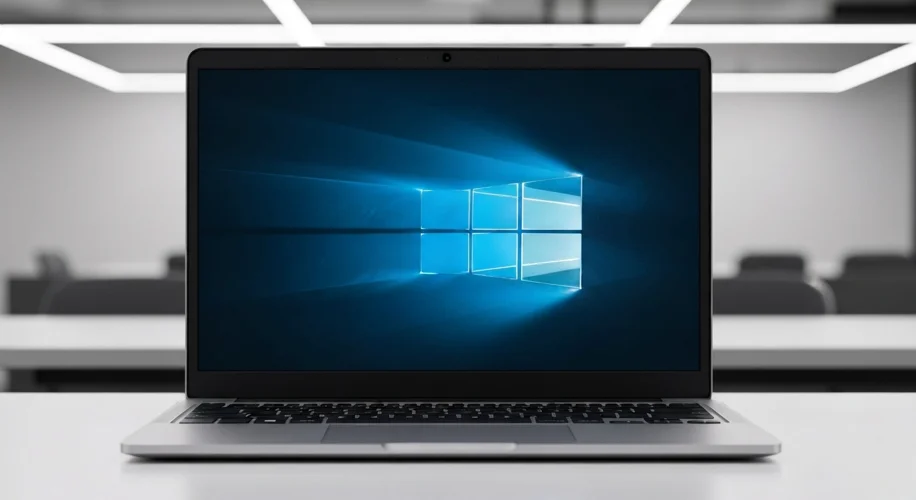Okay, so hear me out… Windows 10 is hitting its end-of-support date on October 14, 2025. If you’re still rocking Windows 10, you might be wondering what that actually means for your computer. It’s not as scary as it sounds, but it’s definitely something to be aware of.
What Does “End of Support” Really Mean?
When Microsoft stops supporting Windows 10, it means they’ll no longer be releasing new security updates, non-security updates, or paid assisted support options. Think of it like a phone that stops getting software updates – it still works, but it won’t get the latest fixes to keep it secure against new threats.
This is important because new security vulnerabilities are discovered all the time. Without those updates, your PC could become more vulnerable to malware, viruses, and other nasty stuff.
So, What Are My Options?
Don’t panic! You have a few solid choices:
- Upgrade to Windows 11: This is probably the most straightforward path if your hardware supports it. Windows 11 offers a refreshed look, new features, and crucially, it will continue to receive regular security updates. To check if your PC is compatible, you can download Microsoft’s PC Health Check app. Generally, PCs made in the last few years with TPM 2.0 support and reasonably modern processors will be good to go.
- How to check: Search for “PC Health Check” on Microsoft’s website.
- The upside: You get a modern OS with ongoing support and new features.
- The downside: Your hardware might not be compatible, or you might need to buy a new PC.
- Continue Using Windows 10 (At Your Own Risk): You can keep using Windows 10 after October 14, 2025. Your computer will still function, and your programs will likely still run. However, as I mentioned, you won’t get security updates. This means your system will be increasingly susceptible to emerging cyber threats. If you choose this route, it’s super important to have robust antivirus software and be extra cautious about what you click on or download.
- The upside: No immediate cost, no need to upgrade hardware.
- The downside: Significant security risks over time.
- Consider Extended Security Updates (ESU) – Paid: Microsoft is offering a paid program called Extended Security Updates (ESU) for Windows 10. This is aimed more at businesses or users who absolutely cannot upgrade their hardware but need to maintain security for a limited time. Details on pricing and availability for consumers are still a bit fuzzy, but it’s likely to be a subscription service.
- The upside: Provides security patches for Windows 10 beyond the deadline.
- The downside: It’s a paid service, and it’s a temporary solution.
- Switch to a Different Operating System: This is a more adventurous option, but totally viable. You could explore Linux distributions like Ubuntu, Mint, or Fedora. Many Linux distros are free, very secure, and can run on older hardware that might not handle Windows 11 well. It has a learning curve if you’re used to Windows, but the community support is massive.
- The upside: Free, great for older hardware, highly customizable, secure.
- The downside: Can be a learning curve, some specific Windows software might not be compatible.
My Take?
Honestly, if your PC meets the Windows 11 requirements, upgrading is the smoothest and most secure path forward. It keeps you current and protected. If your hardware is too old, I’d seriously consider looking into a Linux distribution. It’s a fantastic way to give an older machine a new lease on life and explore a different tech landscape.
Ignoring the end-of-support date isn’t really an option if you care about keeping your digital life safe. So, check your PC’s compatibility and make a plan! What are you thinking of doing?

